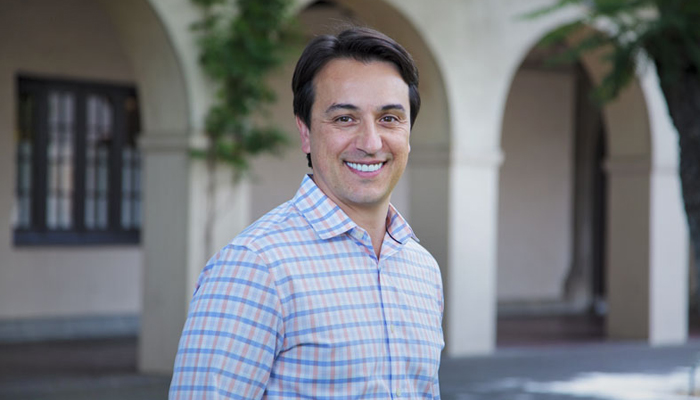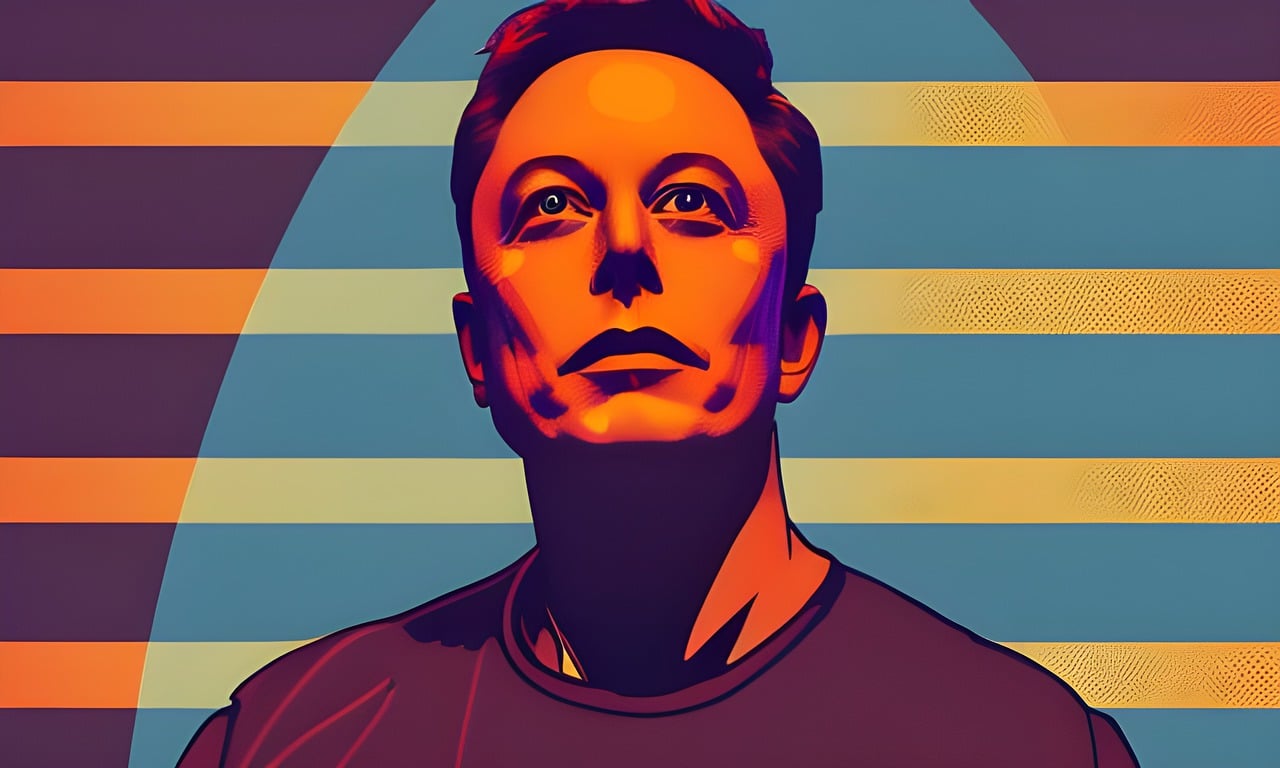| DEALFLOWUPDATE Issue #60. Friday, July 17 Hello Everyone, For this edition of the Zoic newsletter, we’ll be looking at technologies that are related to COVID-19 as well as active areas that we are tracking. There is obviously substantial activity around COVID-19 diagnostics and their emergency approvals and, of course, vaccine development. However, there are also areas that will be just as important to either implement these COVID-19 treatments or to support the new way healthcare will be conducted in the near and far future.-Neal If this is your first issue, please subscribe and consider sharing with others. Additionally, we welcome news from our readers, if you’re up to something interesting, let us know. Email chad@zoiccapital.com |
Podcast Creating and Positioning a Start-Up Down the Path to Development: Guest speaker Fred Farina Fred shares his experiences commercializing inventions made at Caltech, JPL in partnership with NASA, and how creating and positioning a start-up down the path to development is the most rewarding. What is the dynamic of venture capital in the university space? Fred started the answer to this question with a trip back in time or what he likes to call the “big bang of tech transfer” when the Bayh–Dole Act or Patent and Trademark Law Amendments Act in 1980 that was passed by Congress. The Bayh–Dole Act gave the right to own IP by a university that receives federal funding. Prior, the agency that was funding the invention owned the IP and was not a specialist in commercializing inventions. Thus, many inventions did not get to the end consumer as a result of the hesitation from large companies funding pre-seed or seed projects. However, Stanford, Wisconsin, and MIT had figured out a way around the previous state of IP ownership, before the Bayh–Dole Act was passed, by way of individual agreements with the agencies. The model in academia has changed dramatically over the past 10 years. Earlier on, Fred elaborates that universities have a more passive strategy. Universities would patent promising inventions and work with startups or large companies to get the inventions licensed. More traditionally, and for reputable universities, the university office patents and licenses the invention and it is up to the companies or VC’s to take them out of the home office. Fred doesn’t see this as a successful strategy for universities in areas with no VC’s. Fred explains that the point of technology transfer in academia is not about making revenue. The end goal is to get technologies out that are funded by taxpayers so that the public benefits from these innovations. Occasionally, and with various revenue models, universities do end up with cash cows on their laps. The conversation shifts to VC’s, the increase in VC’s investing in “incubators”, and the low possibility of a pizza arbitrage model being successful for VC’s in the med-tech industry. Fred brings up that, “when it comes to larger successful funds, it is not that they have more winners, it is that the winners that they do have are much bigger”. Neal does not believe that large VC’s generate positive cash flow. However, after listening to this podcast you will have a general understanding of microabrasion and the broad spectrum of interesting inventions Fred has worked on. But the takeaway is all the interesting ways innovation improves our quality of life. Listen in on Apple Podcasts, Spotify, or Soundcloud. Deal Flow News & Insights  COVID-19 Diagnostics, Emergency Approvals, and Vaccine Development For the COVID-19 vaccine, many companies are pursuing the RNA route. As we have discussed before, this is the strategy of constructing a synthetic virus out of programmed RNA wrapped in a delivery vehicle. This way, stimulation of the immune system can occur but with more control as compared to a deactivated virus or a protein. If one of these candidates becomes one of the vaccines in use, it will be the first time this kind of technique will be in use. Manufacturing of this type of RNA vaccine, then, will also be important and may require new methods in order to get a vaccine to people quickly and efficiently. RNA is already improved compared to traditional vaccine methods, but improvement is always desirable. Therefore, the field of RNA manufacturing is attracting great interest, including from Tesla. Read More Also for the COVID-19 vaccine, delivery will also be critical, especially as much of the world’s population will need it. Questions are already being asked as to how to, again, quickly and efficiently inject billions of people globally. Traditional needle injections may be sufficient, but new methods such as transdermal patches are also being investigated. Of course, the eventual vaccines will need to be compatible with these methods, which may not be possible right away. However, both private and government groups are investing heavily in this space. This includes the U.S. DoD, of course, making a large investment into a vaccine delivery arm of a pharmaceutical company.Read More The U.S. Defense Department, through its biotech research arm (BARDA), is also making an investment into skin patches that can provide early warnings of COVID-19. This is similar to the technologies we have featured before. These sensors can collect physiological data and through algorithms detect early symptoms; these can include body temperature and breathing rate. Such sensors will be important not just for COVID-19, which may stick with us for some time even after the vaccine but also for future pandemics.Read More The current pandemic has certainly increased interest in mobile and telehealth platforms, including at-home diagnosis, monitoring, and even therapy. This will probably continue well after vaccine development and deployment, as it meshes with increasing trends in working and caring from home. The industry as a whole is looking to make current telehealth rules permanent. This will make, for example, reimbursement and coding changes for telehealth procedures and diagnosis for the pandemic permanent, encouraging their further use. This was a trend that was starting even before this current crisis and now will only make these technologies even easier to adopt and apply. This coincides well with advances in mobile computing and the therapeutic technologies themselves, such as in brain monitoring and therapy.Read More Such an example is another approved technology for brain stimulation for neurological disorders such as Parkinson’s. This is in a line of platforms, many of which we have discussed. Such technologies are an alternative or even replacement for pharmaceuticals and have an added benefit of having their diagnosis and feedback data collected by mobile computing platforms. This data will ultimately be the most valuable element of any of these platforms. Companies that use the right business models to make the most use of this data will not only succeed in their long-term growth and revenue but also gather critical data for new therapies and personalized treatment in the future.Read More What We’re Reading PitchBook Not all VC investors are being slowed down by the pandemic Stanford Social Innovation Review How to Ensure Medical Devices Help Communities in Low- and Middle-Income Countries Wired Russia’s Latest Hacking Target: Covid-19 Vaccine Projects The Verge Safe Space: Silicon Valley, Clubhouse, and the cult of VC victimhood Connect With Zoic Capital |
| The Biweekly Dealflow Update, curated by the team at Zoic Capital. |

Blog
COVID-19 Diagnostics, Emergency Approvals, and Vaccine Development
© 2025 Zoic Capital.
Close Menu
Contact Us
113 Cherry St.
PMB 2981
Seattle, WA 98104-2205
E: hello [at] zoiccapital.com

